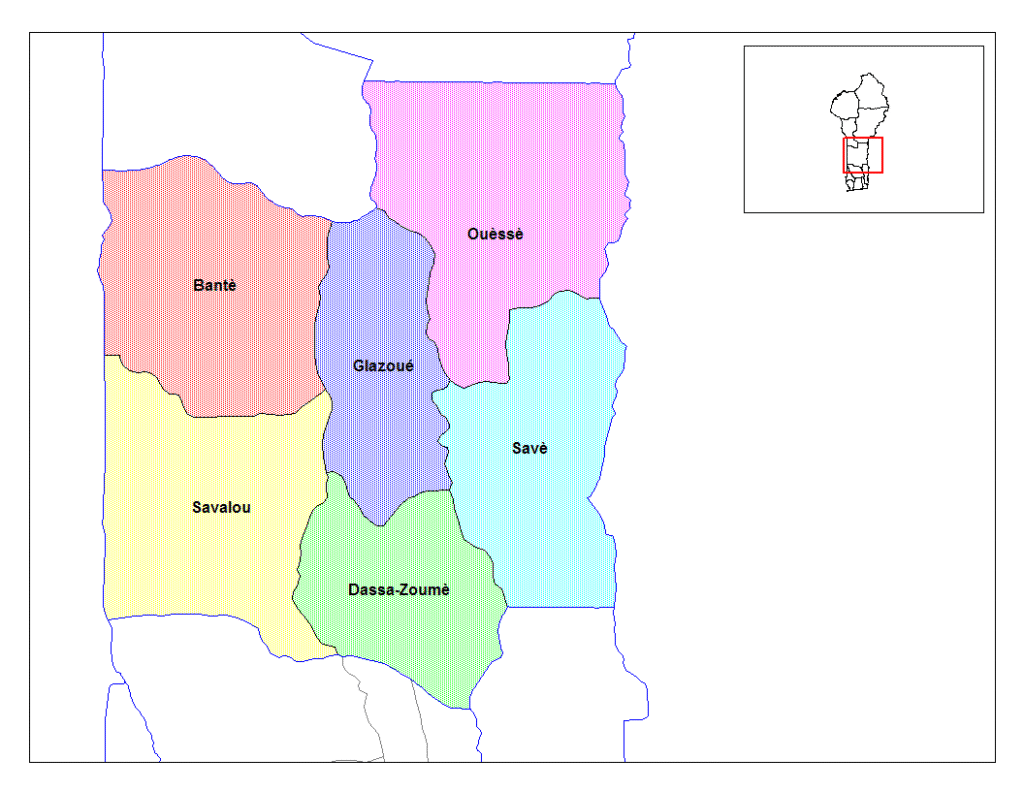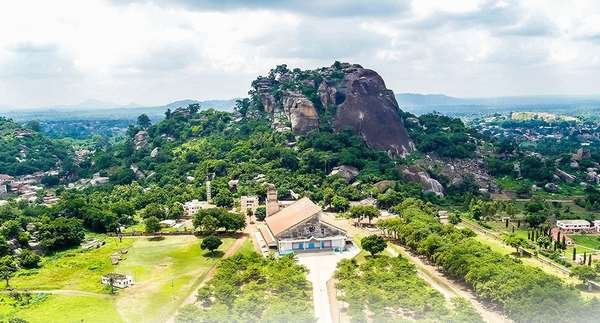
Collines ([kɔ.lin], “hills”) is one of the twelve departments of Benin, located in the centre of the country. The department of Collines was created in 1999 when it was split off from Zou Department. In 2016, the city of Dassa-Zoumé (also called Igbo Idaasha) became the department’s capital (formerly Savalou was the capital).
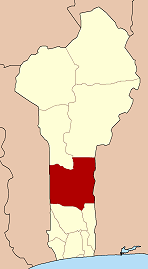
As of 2013, the total population of the department was 717,477, with 353,592 males and 363,885 females. The proportion of women was 50.70%. The total rural population was 72.50%, while the urban population was 27.50%. The total labour force in the department was 213,069, of which 45.30% were women. The proportion of households with no level of education was 57.60%
Collines Department borders Donga Department and Borgou Department to the north, Nigeria to the east, Plateau Department and Zou Department to the south, and Togo to the west. The topography of Collines is characterised by plateaus ranging from 20 to 200 m (66 to 656 ft) above the mean sea level; the plateaus are split by valleys running from north to south, created by the Couffo, Zou and Oueme rivers.
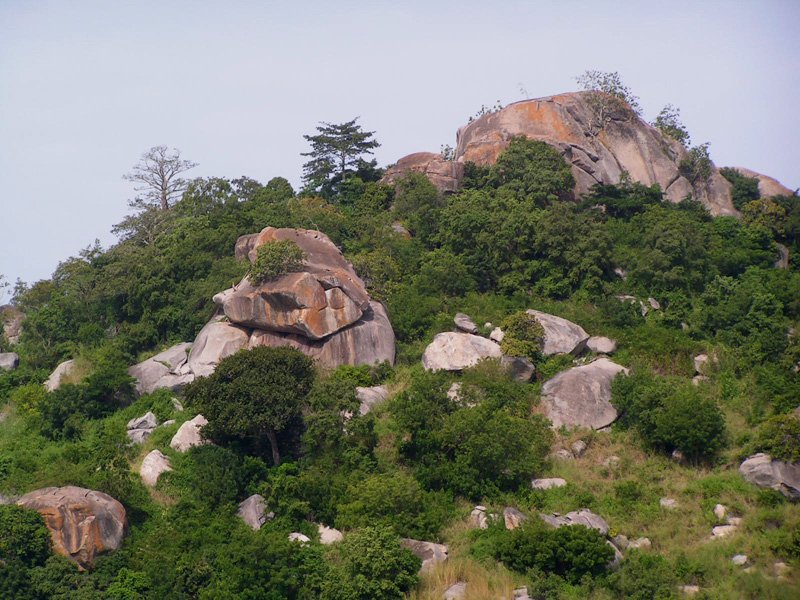
Dassa-Zoumé is the departmental capital; other major settlements include Glazoué, Kilibo, Savalou and Savè
Prefect of Collines department
Dr. Saliou Odoubou

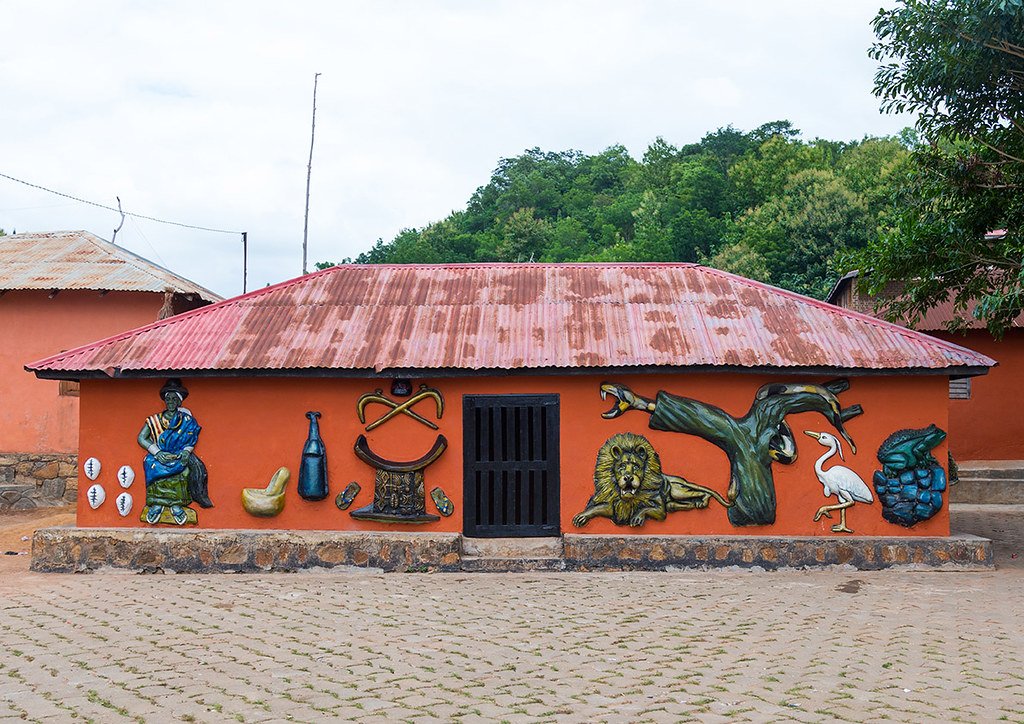
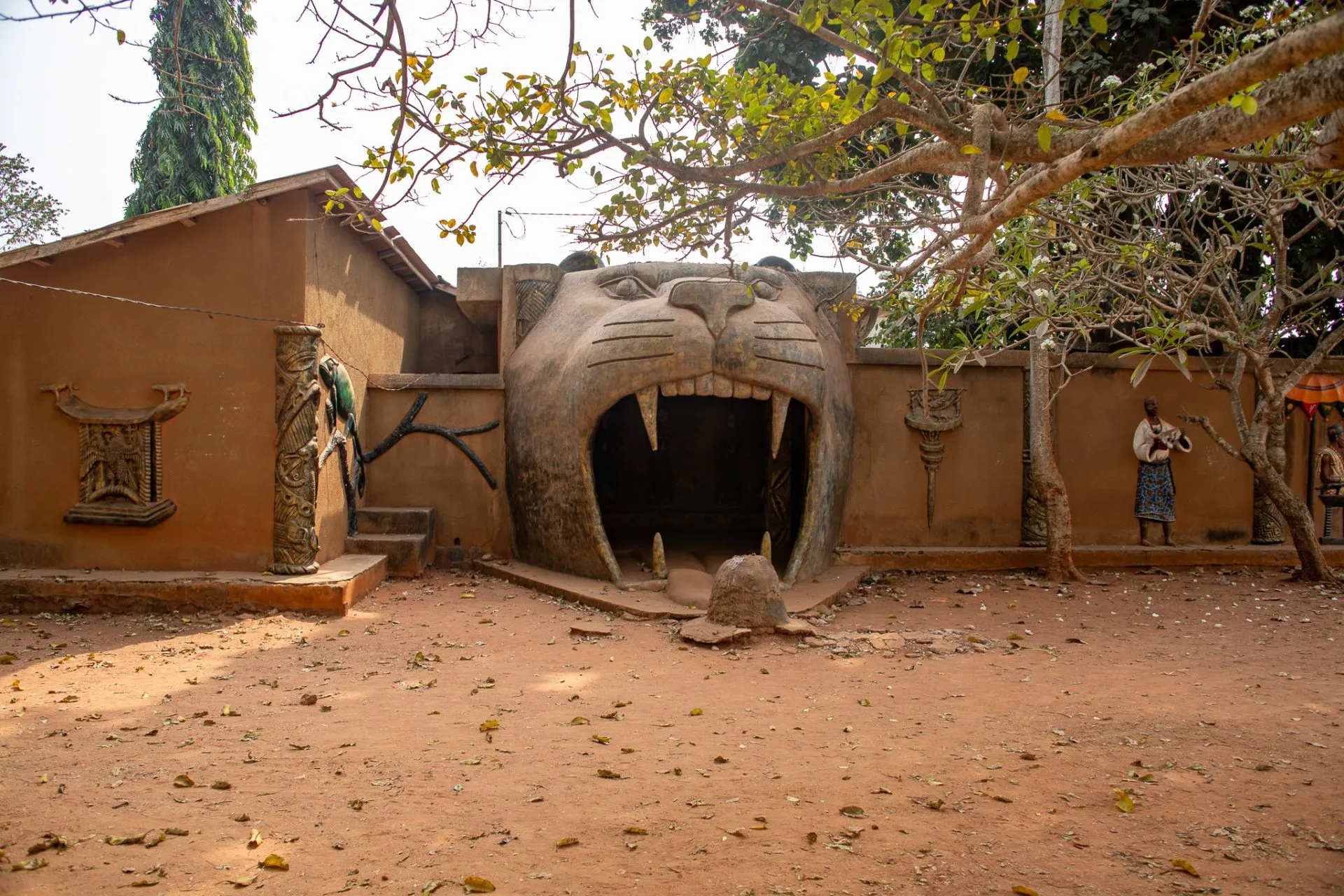
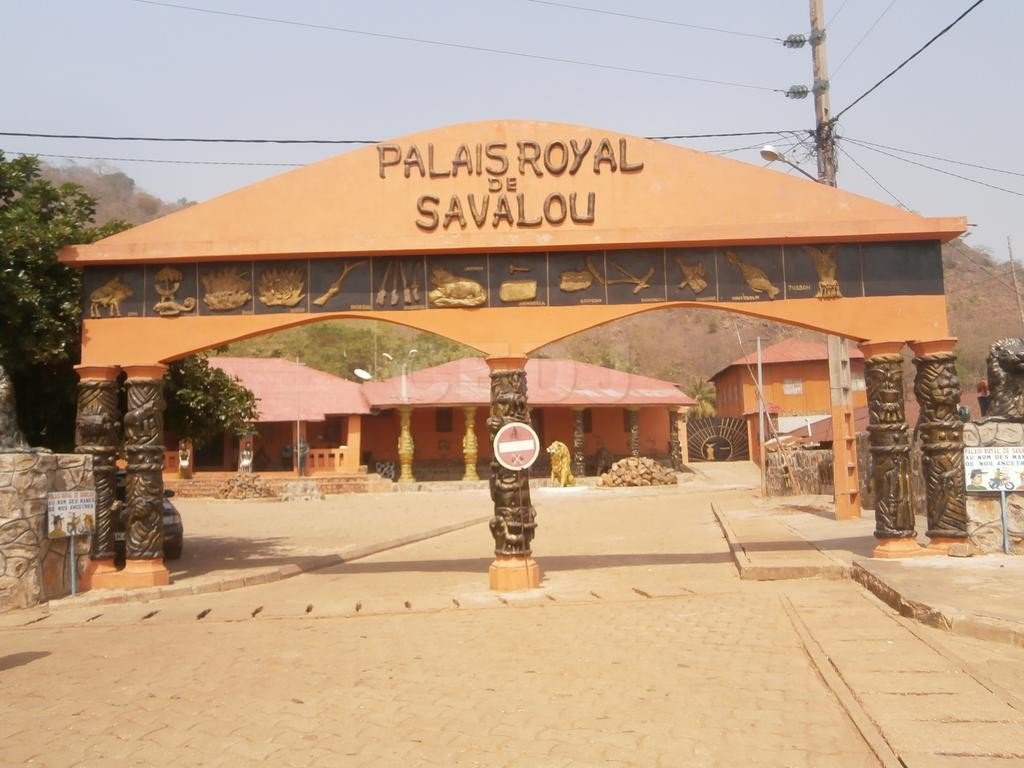
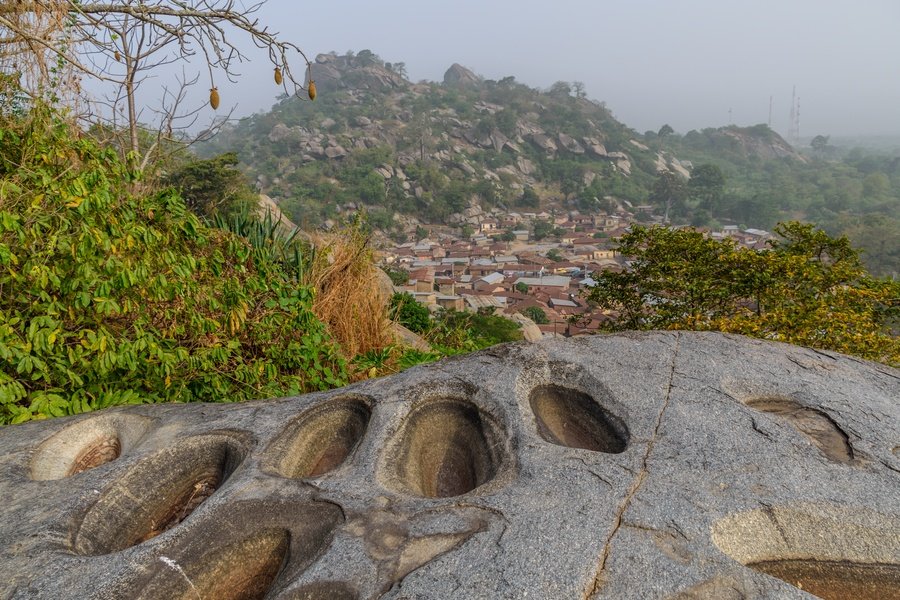
The main ethnic groups in the department, according to the latest national census, are the Yoruba of the Nagot group at 46.8% and the Yoruba of the Idaasha at 14.9%, followed by the Mahi at 25.7%, or just over a quarter of the region’s population, while the Fon represent 13% of the population. Other ethnolinguistic groups in the department include the Aguna, Biali, Ede and Tchumbuli
The department of Collines was created in 1999 when it was split off from Zou Department, with Savalou as its original capital. In 2016, the city of Dassa-Zoumé (also called Igbo Idaasha) became the department’s capital. Collines is subdivided into six communes, each centered at one of the principal towns: Bantè, Dassa-Zoumé, Glazoué, Ouèssè, Savalou and Savé.
